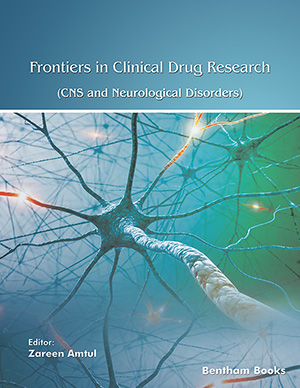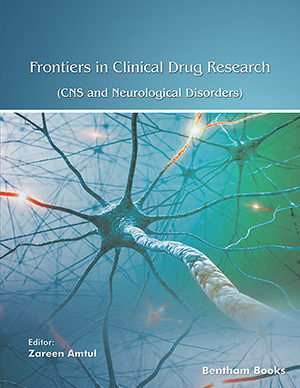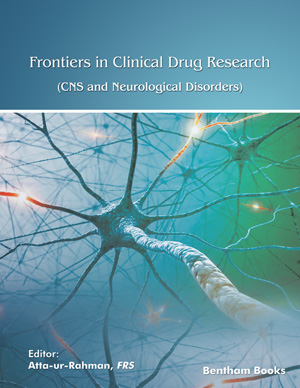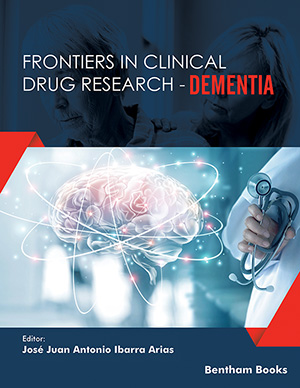
Abstract
Cholecystokinin (CCK) is involved in essential physiological processes, through its interaction with two receptors (CCK1, CCK2). Numerous CCK2-selective agonists and antagonists have been synthesised ; however, the therapeutic interest for CCK2 ligands has remained focused on antagonists, endowed with anxiolytic or antiulcer properties, and capable of potentiating the analgesic effects of morphine ; fewer research has been directed on CCK2 agonists, generally anxiogenic. Although CCK2 receptors have been proved to be structurally homogeneous, increasing data support their functional heterogeneity. Thus, various studies have proved the occurrence of several affinity states, and different transduction pathways, associated with CCK2 receptors. Most importantly, different pharmacological profiles have been associated with CCK2 agonists, some being anxiogenic and, thus, devoid of therapeutic interest (“CCK2A” agonists). However, some CCK2 agonists revealed non-anxiogenic and memory-reinforcing. Only one such “CCK2B” agonist, the heptapeptide BC264, had been available for ten years, but recent developments led to shorter compounds, which renew the therapeutic perspectives associated to CCK2 agonists. Such an accumulation of data sets the problem of establishing a coherence between all these results ; in fact, the molecular basis underlying the pharmacological profiles linked to CCK2 receptor activation is not yet fully understood ; we will describe and discuss in this review the hypotheses suggested in this field, at the light of the data available for CCK1 receptors, which is much less debated. Some future axes of research will also be sketched, in order to progress further towards the clinical use of the favourable CCK2B agonist pharmacological profile.
 4
4


















